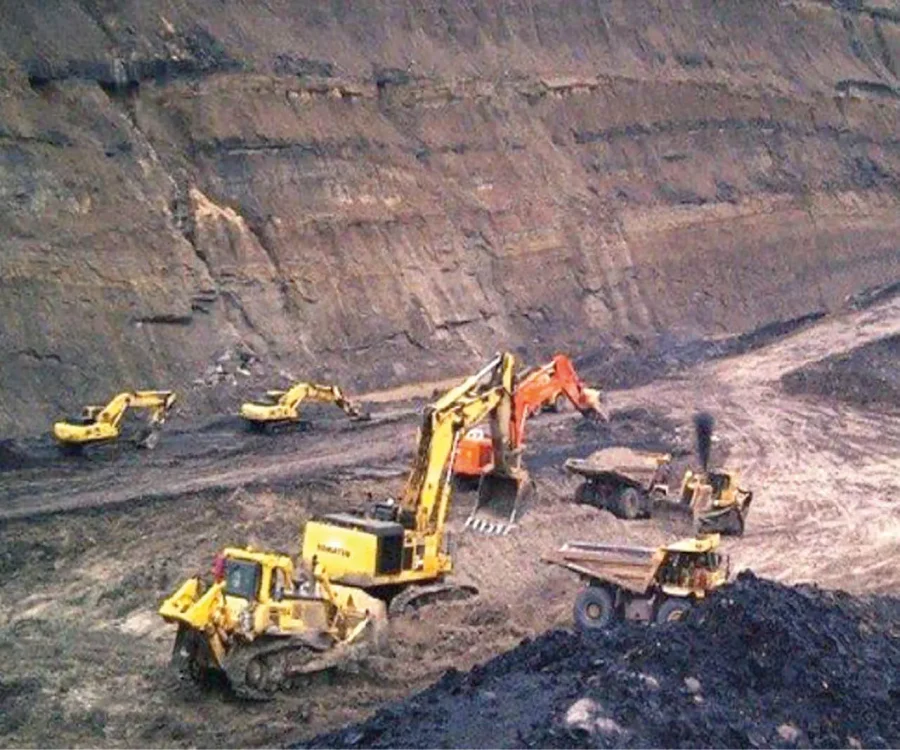Health experts have revealed that extensive mining, construction of dams and setting up of colonies for Indian soldiers and employees and other such environmental degradation factors being carried out by the Indian government are contributing to the increasing cases of cancer and other diseases in Indian illegally occupied Jammu and Kashmir(IIOJK).
According to Kashmir Media Service, Doctors Association Kashmir (DAK) President Dr Nisarul Hassan in a statement said that environmental pollution is behind a spike in cancer which has reached epidemic proportions in the Kashmir
He also cited the increasing number of vehicles, construction, brick klin, cement and other factories as the additional factors behind the deteriorating air quality in Kashmir.
“And this is contributing to the enormous burden of cancer in the valley,” he said. “Research has shown that polluted air is associated with increased risk of lung cancer which is the most prominent cancer among men in Kashmir.”
According to a research paper ‘War in Kashmir and its effect on the environment’ by scholar Jennifer Crook, “In the Kashmir region, the environmental degradation can be traced back to after the partition of the Indian subcontinent into India and Pakistan that heavily affected the Himalayan region.”
Referring to the heavy deployment of the Indian army, the research paper said that this “led to large-scale poaching of rare species such as ibex, blue sheep, urian the big-horned sheep, antelopes and the snow leopard.”
“At first, the soldiers were killing the animals for food but when the poorly paid soldiers realized how valuable the animal furs and skins were in the international markets, they started to slaughter the Kashmiri animals with much greater zeal,” wrote Crook.—APP










